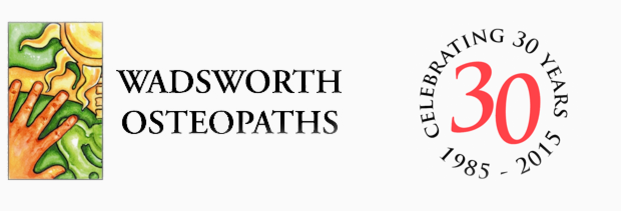Osteochondrosis – What’s that?
While we are on the subject of children and carrying it is worth mentioning the little know spinal condition – Scheuermann’s Disease or Spinal Osteochondrosis.
1. While bones are growing, osteochondrosis can develop at various sites in the body. In the spine it usually affects the lower part of the thoracic spine (between the shoulder blades) and the upper lumbar spine or lower back.
2. It is thought that osteochondritis, which involves inflammation of the growing bone, is caused by extra loading on the spine. Poor posture (in particular slumping) probably contributes to the condition. Osteochondrosis is the resulting situation after the inflammation has died down.
3. The inflammation creates a softening of the bone tissue and a group of 3-4 vertebrae together become misshapen, with a wedging effect, which locally increases the forward curve of the spine (kyphosis).
4. This softening can also allow the discs to push into the top or bottom surfaces of the vertebrae creating characteristic Schmorl’s nodes which show up on X-ray.
5. In the majority of cases, Scheuermann’s disease does not cause symptoms and consequently often goes undiagnosed. Occasionally it can give rise to back pain. The main effect comes later in life:
Because a group of vertebrae affected by osteochondrosis during teenage years are more curved forward than adjacent areas of the spine, this increases mechanical strain on the section above or below the osteochondrosis area.
Also, typically, the flexed group in the osteochondrosis area is less flexible than the adjacent sections, so the neighbouring areas are placed under more mechanical strain.
The increased curve and reduced flexibility can then mean that there is an increased susceptibility to ligament, muscle and, sometimes, disc injuries in these neighbouring areas in adult life.
It is estimated that 25-30% of adults have signs of old spinal osteochondrosis.
6. Plan of Action
For people who have osteochondrosis in their spine, there are several things that can be done to help:
1. Arrange an examination. Get an assessment to see how it affects you and get some advice on treatment and home management.
2. Maintaining flexibility is the most important factor. Exercise, particularly stretching and careful manipulation, can help to improve flexibility.
3. Keep muscles in good tone with a specifically designed exercise programme.
4. Take care with posture, especially avoiding the slumped position when sitting.



